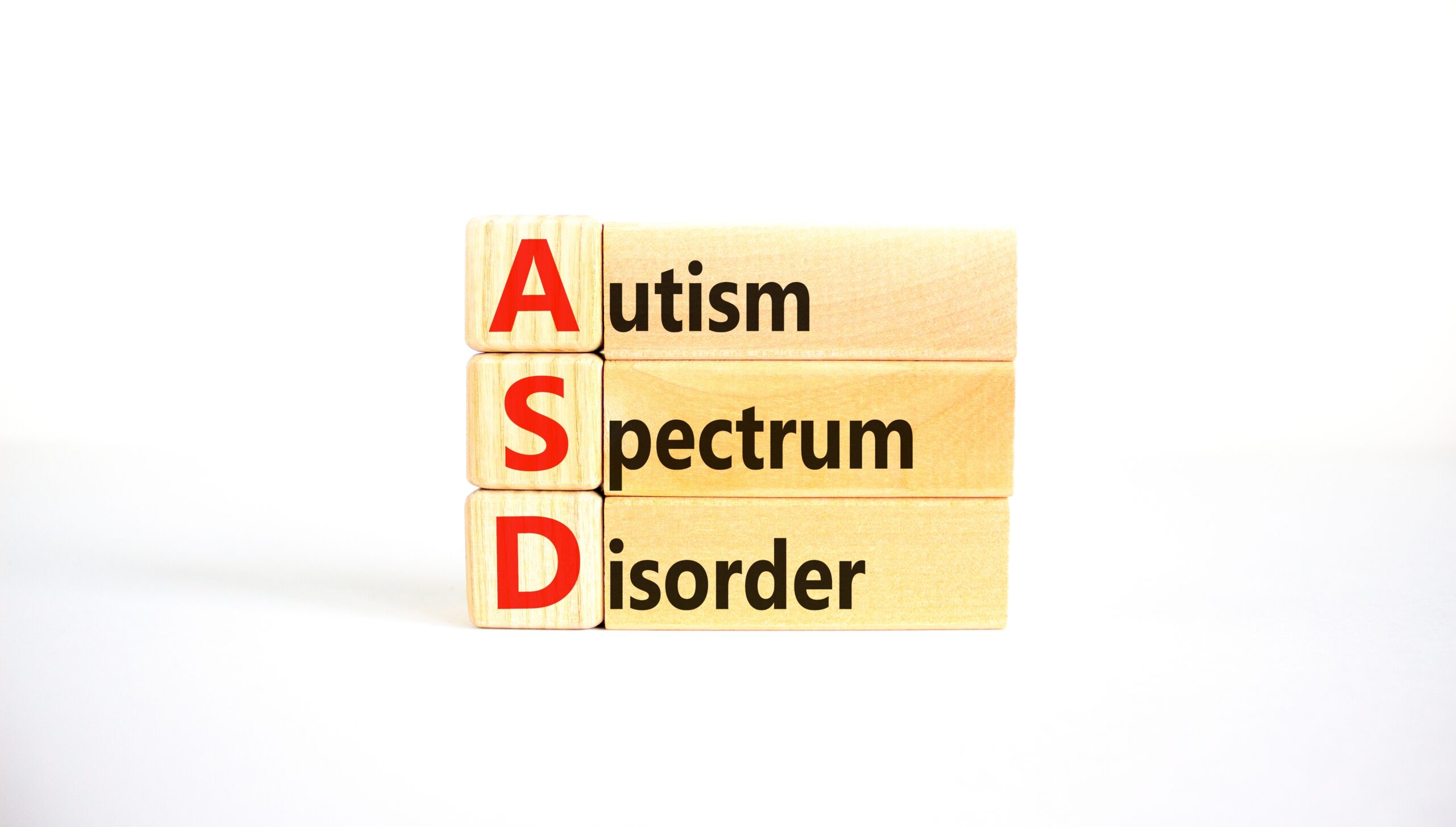The decades-old American ritual of raising a glass for heart health has come crashing down, as new blood pressure guidelines now urge adults to put the bottle away for good—a seismic shift that could change how millions view their nightly drink.
Story Snapshot
- Leading heart organizations now recommend reducing or eliminating alcohol for blood pressure control.
- New evidence links even moderate drinking to hypertension and cardiovascular risk.
- This guidance reverses years of advice permitting moderate alcohol consumption.
- Widespread implications loom for patients, clinicians, and the alcohol industry.
Medical Authorities Upend Decades of Alcohol Advice
August 2025 marks a new era in heart health guidance as the American Heart Association and American College of Cardiology, joined by a coalition of partner medical organizations, released updated hypertension guidelines that make one thing clear: there is no longer any safe zone for alcohol when it comes to blood pressure. The new consensus, forged from large-scale studies and meta-analyses, points to a dose-dependent relationship—meaning even a single drink can nudge blood pressure upward, with risk rising for every subsequent glass. Gone is the era of medical winks at moderate drinking; in its place stands a directive rooted in data and an urgent call for early intervention.
This change has not arrived in a vacuum. The guideline committees cite an eight-year arc of accumulating research since the last major update in 2017. In that time, scientific consensus has shifted away from the once-popular belief that red wine or moderate alcohol could protect the heart. Instead, studies now show a clear, linear increase in blood pressure risk with alcohol, particularly for women—throwing a wrench into the notion that a nightly drink is harmless, or even beneficial, for cardiovascular health.
The Evidence That Tipped the Scales
Peer-reviewed research published over the past decade proved pivotal in this reversal. Meta-analyses, including those referenced in the guidelines, demonstrate that even low levels of alcohol intake are associated with measurable increases in systolic and diastolic blood pressure. Notably, these effects appear more pronounced in women, dispelling any lingering myths about gendered resilience to alcohol’s impact. The guidelines’ authors draw on robust evidence from randomized trials, observational studies, and longitudinal analyses, all converging on the conclusion that the safest level of alcohol for blood pressure is none.
For years, public health messaging hedged its bets, advising moderation rather than abstinence. Yet recent comprehensive reviews found no cardiovascular benefit to moderate drinking; on the contrary, risk accumulates with each additional drink. This realization has led to a rare moment of unified action among medical societies, which now call for reduction or outright elimination of alcohol as a first-line, non-pharmacological intervention for adults with, or at risk for, hypertension.
Guidelines Reach Beyond the Clinic: Social and Economic Ripples
The implications are vast. Nearly half of American adults live with high blood pressure, and for them, the new guidance signals a direct challenge to entrenched habits and cultural norms. Clinicians must now initiate frank conversations with patients who may have relied on the old “one or two is okay” mantra. The guidelines also prompt a surge in demand for alcohol reduction counseling, support services, and possibly even new insurance coverage for lifestyle intervention programs.
The alcohol industry, for its part, faces an uncertain future. As public health campaigns amplify the new recommendations, sales could be squeezed and marketing narratives—once built on supposed health benefits—may lose credibility. On the political front, policymakers may find renewed momentum for regulatory action or taxation, spurred by fresh evidence of alcohol’s role in national health burdens. For individuals, the choice is as personal as it is consequential: to heed the new science and adapt, or cling to fading myths about the safety of a daily drink.
Expert Consensus and Remaining Debates
Top cardiovascular experts overwhelmingly support the new stance, citing the rigorous evidence base and the urgent need to stem the tide of hypertension-related heart disease. However, they acknowledge the challenges ahead. Changing public perception, especially in social circles where alcohol remains a fixture, will require sustained education and sensitive patient-provider dialogue. Some clinicians express concern about patient resistance, as shifting advice can breed skepticism and confusion. Calls for further research persist, particularly on gender differences and strategies for effective alcohol reduction.
The guidelines’ publication in leading journals confers substantial authority, and cross-referenced statements from the AHA, ACC, and major news outlets deliver a unified message. Still, a few uncertainties linger, especially in populations underrepresented in current studies. For now, the prevailing wisdom is unequivocal: when it comes to blood pressure, less alcohol is better, and none may be best.
Sources:
American Heart Association patient resources
AHA Scientific Statement on Alcohol and Cardiovascular Disease
American Heart Association and American College of Cardiology 2025 Guidelines








